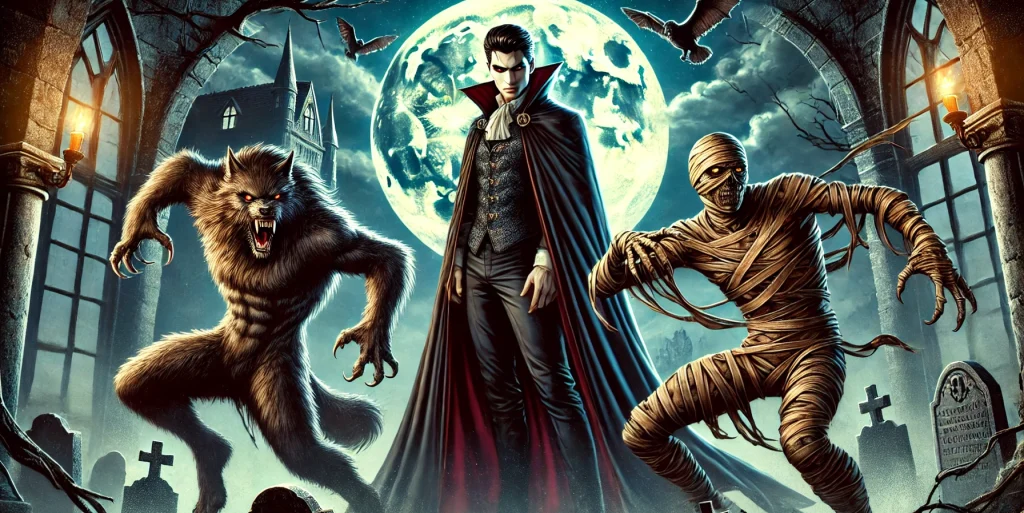NPCs are created in the same format as characters, whether they are simple grunt soldiers working for a clandestine organization, a fearsome beast lurking in the deepest dungeons, or a planet-devouring alien from a distant galaxy. However, the GM is not bound by the same constraints that apply to player characters when building NPCs. This allows NPCs to be as powerful, dangerous, or unique as needed to fit the story.
Unlike player characters, NPCs are not limited to assigning only one d6, d8, d10, and d12 to their stats. If an NPC’s power or role in the story demands higher capabilities, the GM is free to assign the same die type to multiple stats. For example, a powerful villain or creature could roll a d12 for all four stats if it makes sense for the narrative. This flexibility enables the GM to create NPCs that can pose significant challenges to the players or serve as key figures in the story.
Similarly, NPCs are not restricted by set limits on life points, power points, boost dice, or skill bonuses. The GM can adjust these statistics based on the power level of the NPC and the role they play in the campaign. A lowly henchman may only need a handful of life points and a basic skill bonus, while a major antagonist could have a vast pool of power points or several unique attributes to make them a formidable foe.
The strength and number of attributes an NPC possesses is another way to tailor their role in the game. NPCs can be given special attributes to reflect their importance in the story or their specific talents, further differentiating them from regular characters. Whether you’re designing an ally, a rival, or a terrifying monster, the NPC creation process gives the GM full creative freedom to craft exactly the kind of characters the campaign needs.
Example of NPC Generation
GM: “Alright, for the upcoming session, I need a vampire lord to serve as the main antagonist. Since the players are getting stronger, this vampire needs to be a real challenge. I’ll give him a d12 for both Physical Strength and Mental Agility—he’s a centuries-old predator with both immense power and cunning.”
(The GM assigns the vampire’s stats)
GM: “He’s also fairly quick, so I’ll give him a d10 in Physical Agility. Mental Strength can be a d8. I’ll set his life points at 50 to reflect his vampiric endurance, and he’ll have a power pool of 18 for all his dark abilities.”
(The GM continues adjusting the stats and attributes)
GM: “For attributes, I’ll give him ‘Blood Magic’ as a power, so he can drain life from the characters to heal himself. I’ll also add ‘Unholy Charm,’ which will allow him to try to dominate a character’s mind during battle. And, of course, he’ll need some classic vampire traits, like ‘Nightstalker’ for enhanced movement in the shadows and a ‘Regeneration’ ability, so he can heal a bit twice a day.”
(The GM assigns appropriate abilities and powers)
GM: “I’ll give him 6 boost dice that he can use throughout the battle to make him more unpredictable. His skill bonus will be +5, making him dangerous in combat but also a master manipulator outside of it.”
GM: “This vampire should be powerful enough to test the players, but I’ll keep his weaknesses in mind. Sunlight will still harm him, and certain magical items the players might find could level the playing field.”

